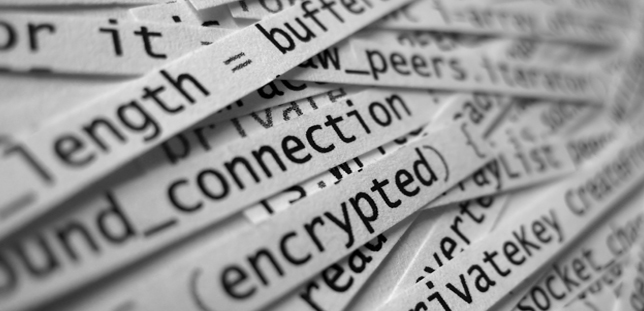
(2/Multi-Factor Authentication)
Encryption is the process of encoding messages or information in such a way that only authorized parties can read it. Encryption does not of itself prevent interception, but denies the message content to the interceptor.
In an encryption scheme, the intended communication information or message, referred to as plaintext, is encrypted using an encryption algorithm, generating ciphertext that can only be read if decrypted. For technical reasons, an encryption scheme usually uses a pseudo-random encryption key generated by an algorithm.
It is in principle possible to decrypt the message without possessing the key, but, for a well-designed encryption scheme, large computational resources and skill are required. An authorized recipient can easily decrypt the message with the key provided by the originator to recipients, but not to unauthorized interceptors.
Two-factor authentication (also known as 2FA) is a technology patented in 1984[1] that provides identification of users by means of the combination of two different components. These components may be something that the user knows, something that the user possesses or something that is inseparable from the user.
A good example from everyday life is the withdrawing of money from a cash machine. Only the correct combination of a bank card (something that the user possesses) and a PIN (personal identification number, i.e. something that the user knows) allows the transaction to be carried out.